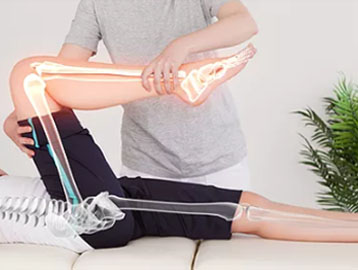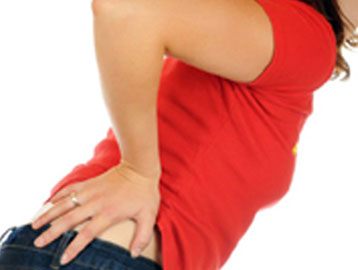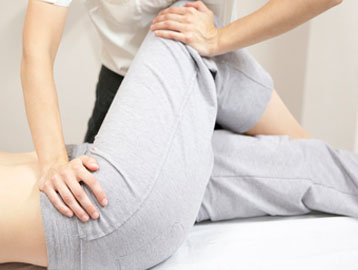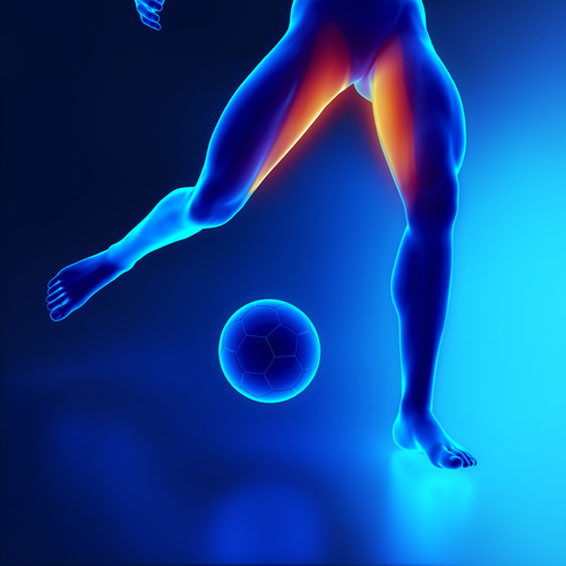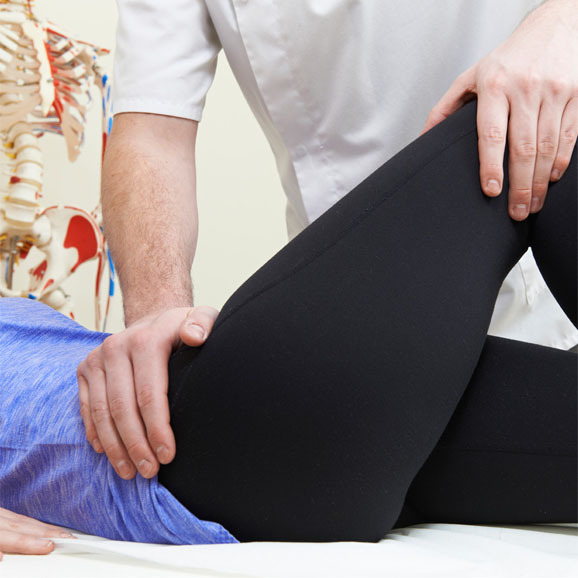Introduction
Our hip therapy and hip rehab program focuses on restoring range of motion, strength and functionality. Whether you’ve been diagnosed with bursitis, a hip pointer or just had a total joint replacement , our hip therapy and hip rehab program focuses on restoring range of motion, strength and functionality.
Your care begins with a comprehensive evaluation of your functional limitations. Our team of expert physical therapists will then design a hip injury treatment plan based on your individual needs and goals, which may include stretching and strengthening exercises with balance and gait training.
Throughout your hip injury rehabilitation we will work hard to help you return to all your normal functional activities. When you are ready for discharge you will be given a personalized home exercise program to allow your hips to stay healthy, further enhance your rehabilitation outcome and prevent the possibility of future hip injuries.


